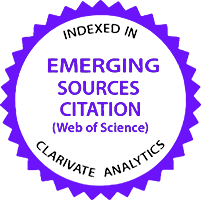Abstract— This paper investigates the effect of base station (BS) antenna tilt angle on the performance of LTE-Advanced physical layer downlink channel in Inter-Cell Interference (ICI) limited scenario for five cell ranges, two carrier frequencies, and two BS antenna heights. The cellular system is deployed following the 3GPP hexagonal grid with a frequency reuse factor of one and three sectors per site. An urban based 3D ray-tracing tool is used to model the wireless channel for many BS and user equipment (UE) links. System performance is evaluated in terms of Signal power to Interference plus Noise power Ratio (SINR), received signal power, received interference power, achievable throughput (THR), Average Spectrum Efficiency (ASE) and UEs outage probability. The objective is to find the BS antenna tilt angle that provides the maximum ASE, minimum UEs outage probability, or optimum ASE and UE outage probability. The obtained simulation results unveil that the maximum ASE occurs at a tilt angle where the mean of the SINR is maximum and the mean of rms delay spread is minimum, while the minimum UEs outage occurs at a tilt angle where the received signal power is maximum. This is an important finding to facilitate the planning and the deployment of cellular system in the presence of ICI. Moreover it is found that the optimum tilt angles decrease as the cell range increase and BS antenna height decrease. The results also show that these optimum tilt angles are independent of the carrier frequency.
Keywords: Antenna tilt angle; Average spectrum efficiency; Intercell interference; Outage probability; Interference plus noise power ratio.
DOI: https://doi.org/10.5455/jjee.204-1696884748

![Scopus®_151_PNG-300x86[1]](https://jjee.ttu.edu.jo/wp-content/uploads/2024/03/Scopus®_151_PNG-300x861-1.png)
